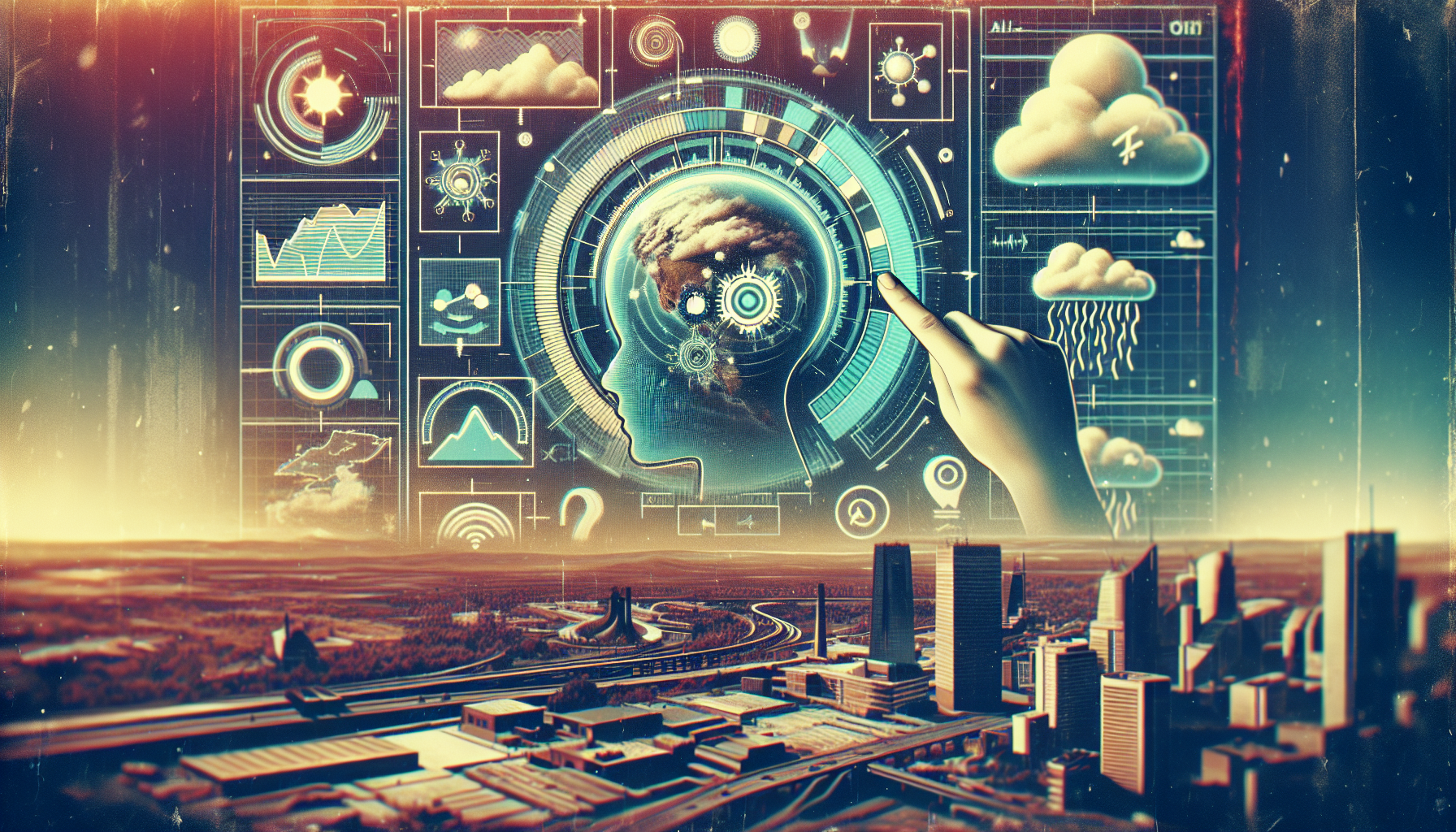The dawn of Artificial Intelligence (AI) in weather forecasting has marked a significant transformation in the ways we gather, analyze, and use weather information. This revolution is particularly profound in the processing of real-time data, reshaping the meteorological landscape with unmatched precision and swiftness.
Real-Time Data Processing
AI’s capability to process enormous data streams in real-time lies at the core of this evolution. By harnessing AI algorithms, we can sift through data from an array of sources such as weather satellites, ground stations, radars, and ocean buoys. This empowers meteorologists to deliver up-to-date insights on weather patterns, which is crucial for rapid responses during critical events like hurricanes or severe storms.
Enhanced Accuracy and Speed
AI amplifies both the accuracy and speed of weather predictions dramatically. Advanced techniques in machine learning allow these systems to spot patterns and correlations within complex datasets that might be missed with traditional methods. A notable system, the Global High-Resolution Atmospheric Forecasting System (GRAF), employs such methods to fine-tune weather models. This results in forecasts that not only boast higher accuracy but are also generated 5-6 times faster than their traditional counterparts.
Integration of Multiple Data Sources
One of AI’s strengths is its ability to integrate diverse data sources, creating a holistic picture of weather conditions. Satellite images, ground sensors, and various observational inputs merge, enhancing the precision of forecasts. This comprehensive source integration captures an expanded range of weather variables—from temperature and humidity to wind speed and atmospheric pressure—leading to finer weather predictions.
Faster Weather Predictions
The speed of AI algorithms offers a clear advantage. Contrary to traditional, time-consuming manual data analysis, AI processes vast datasets in real-time, delivering faster forecasts. This speed is pivotal in high-stakes situations like severe weather events where swift action can protect public safety and reduce potential damages.
Enhanced Efficiency and Resource Allocation
AI-driven automation streamlines the weather forecasting process, enhancing efficiency. By automating data handling and routine tasks, AI frees meteorologists to focus more on interpreting and communicating weather information. This shift in focus allows experts to dive deeper into analyzing the impacts of weather, providing essential insights and recommendations. Moreover, this efficiency translates into better resource allocation and cost-effectiveness within weather-related organizations.
Challenges and Limitations
Despite these advancements, AI in weather forecasting is not without challenges. Issues like data biases and computational demands must be addressed to optimize AI usage. Factors such as the available data quality, AI model sophistication, and the specific weather phenomena being forecasted impact AI forecast accuracy. Generally, short-term predictions are more accurate, whereas rare or extreme events that diverge from historical patterns pose prediction challenges.
Future of AI in Weather Forecasting
The trajectory of weather forecasting is increasingly intertwined with AI advancements. Innovators like Climavision and Atmo are pioneering this space by leveraging AI for precise, detailed forecasts. Atmo, for instance, claims their AI models enhance accuracy by up to 50% compared to current forecasts, applicable across multiple timeframes from immediate nowcasting to medium-range predictions.
In essence, the advent of AI in processing real-time weather data has redefined meteorology by offering unparalleled speed, accuracy, and efficiency. As AI continues to evolve, it promises to elevate the precision and dependability of weather forecasts further, facilitating well-informed decision-making and readiness across sectors and industries worldwide.

Leave a Reply